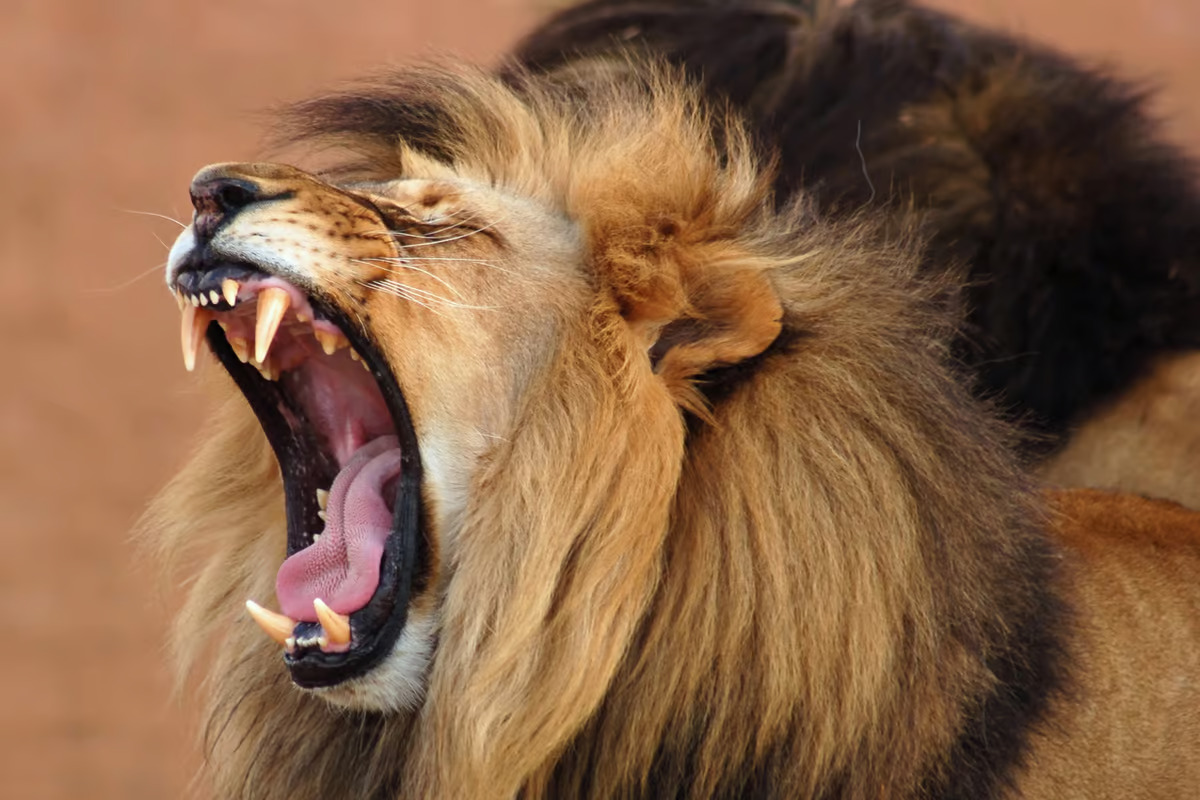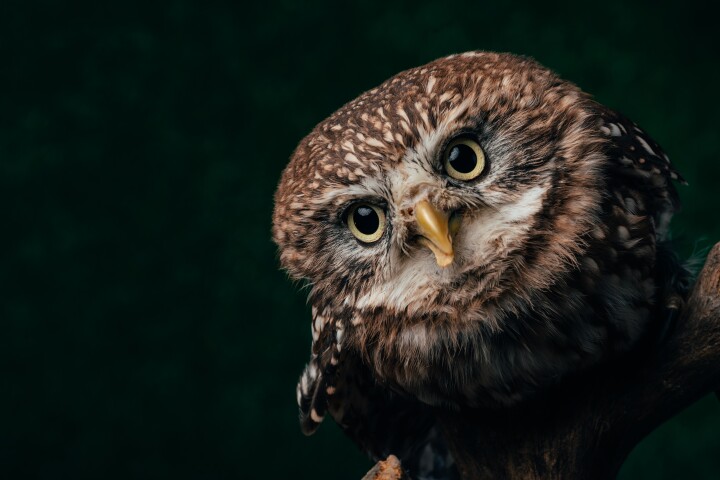Sometime around the turn of the last century, an invasive ant species known as Pheidole megacephala, believed to come from the island of Mauritius, began to establish itself in earnest at the Ol Pejeta Conservancy in Kenya. These big-headed ants, as they are more commonly known, started to set up shop in the local whistling-thorn trees, where they kicked out the local native acacia ant population.
The problem is that the native ants had a symbiotic relationship with the trees. In exchange for shelter and nectar, the ants protected the trees by biting invaders and releasing formic acid, a caustic chemical found in many insect bites and stings as well as in the stinging nettle plant. The native ants were particularly good at protecting the trees from the local elephant population, swarming up the noses of any elephant unfortunate enough to come in for a snack.
As the big-headed ants took over, they didn’t offer the same protection to the trees. As a result, the elephants began to feed on the trees, with scientists estimating that the giant herbivores grazed on and broke the trees at a five to seven times higher rate than when the acacia ants were in residence.
From plants to animals
With the trees disappearing, the landscape changed dramatically. In particular, it eliminated much of the hiding areas used by lions when stalking zebras. As a result, the lions changed their hunting strategy and began to eat the slightly slower-moving buffalo in the area. In fact, from 2003 to 2020, the number of zebra kills by lions declined from 67% to 42%, while the number of buffaloes killed by the cats climbed from 0% to 42%, showing just how dramatically one tiny insect can change the entire local food chain.
This was all revealed in a study led by University of Wyoming graduate, zoologist Douglas Kamaru, and recently published in the journal Science. Kamaru was joined in the work by researchers from institutions around the world, including The Nature Conservancy, Duke University, the University of Nairobi, the University of Glasgow, and others.
“We show that the spread of the big-headed ant, one of the globe’s most widespread and ecologically impactful invaders, has sparked an ecological chain reaction that reduces the success by which lions can hunt their primary prey,” the researchers wrote.
Interestingly, while the effect of the ants has been bad news for buffalo, it hasn’t affected the number of lions at the conservancy, as may have been expected – especially because buffalo are a more difficult and dangerous prey to bring down.
“We don’t know what’s going to happen going forward,” said Kamaru. “It’s very difficult for lions to kill buffalo. It’s a lot of energy compared to [hunting] zebra, and sometimes buffaloes kill lions when they’re fighting.”
Despite any future impact on the local lion population, for now, the entire study has offered researchers a fascinating look at the mesh of interconnectedness in a specific ecosystem, and can lead the way towards future work examining similar small changes with major impacts.
“This study was a beautiful snapshot of how complicated ecosystems can be – this idea that you pull on a single thread and the whole system reacts,” said Meredith Palmer, an ecologist at Fauna & Flora International who was not involved in the work, but commented on it in an article for Science.
Sources: University of Wyoming, Science, AAAS via EurekAlert
–

























